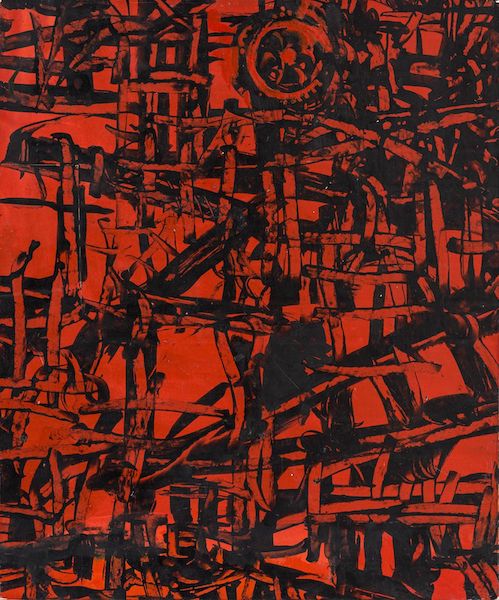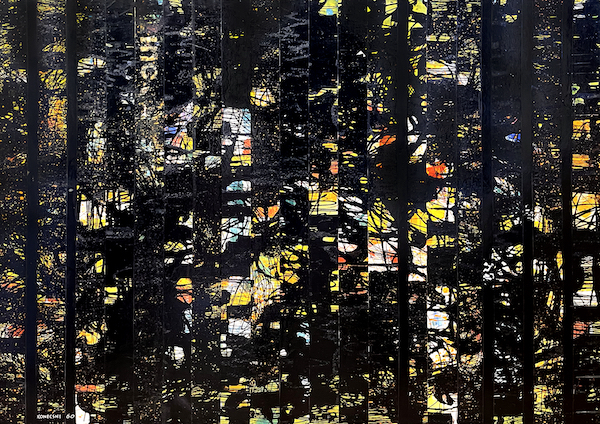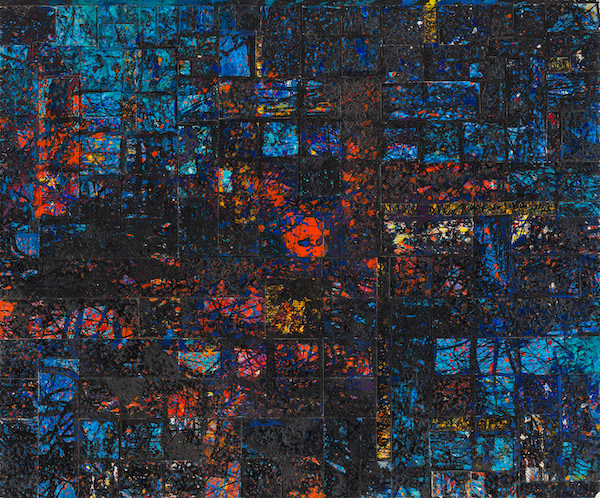Biography
Painter, graphic designer, Kossuth prize winner (1950, 1952), meritorious artist (1968). He studied painting at the College of Fine Arts in Gyula Rudnay's class between 1927-1931. He chose graphic design instead of painting. Already with his first poster designs, he was at the forefront of poster art. He won the 1932 accident protection tender of the National Social Insurance Institute (OTI), and then the Spa Society's prize for Bathing in the Spa. with his poster. In 1932, he was imprisoned on charges of subverting state and social order. This later made it difficult for him to operate at home.
He achieved success abroad with his tourism posters: he twice won the golden traveling cup of the international tourism congress (Rome, 1934, Lucerne, 1936). In 1936, he received the silver medal of the Association of Industrial Artists, his collaborator was György Kling in the production of commercial posters, and Antal Fery in the tourism posters. At the 1937 World Exhibition in Paris, he won the Grand Prix with his numerous posters displayed in the international pavilion, and at the same time he also received a certificate of appreciation for the design of one of the halls of the Hungarian pavilion. In 1939, he received the grand prize of the Milan Applied Arts Triennale for three of his posters. Following his success, an article was published about him in the internationally renowned journal of applied graphics, Gebrauchsgrafik. In the meantime, he created his posters for the walls and streets of his country. He also designed stamps (in 1939, commissioned by the Hungarian Post, a series depicting the great female figures of Hungarian history). In 1943, he designed the Hungarian pavilion of the Barcelona exhibition in the company of architect István Fekete and graphic designer Pál Szűcs.
After 1945, he produced powerful political posters (Never again, Drums, drums..., And yet there will be bread, MKP is the party of all workers, Bread starts here), stamp designs, and organized documentation exhibitions. In the 1950s, he painted a number of large-scale historical compositions (Before the Storm, with György Kádár, Petőfi on March 15, 1948 on the steps of the National Museum, Meeting of Rákóczi and Tamás Esze, 1953). He often used enamel paint (Paris Ballet, 1960; Bp. International Fair, 1965). He won an award with his posters at the exhibition organized for the 50th anniversary of the October Revolution. Several of his monumental decorative mosaics and sgraffitos were placed in public institutions. In 1968, a highly successful exhibition of his posters was organized in the Art Gallery. History of the Hungarian language c. his graphic series remained unfinished. His work in art pedagogy is also significant. In 1946, he started the department of applied graphics at the Academy of Applied Arts, in 1949 the department moved to the College of Fine Arts, where he taught until 1954, then after a ten-year break he was called back and taught until his death. An exhibition of his works was held in Budapest in 1976.




